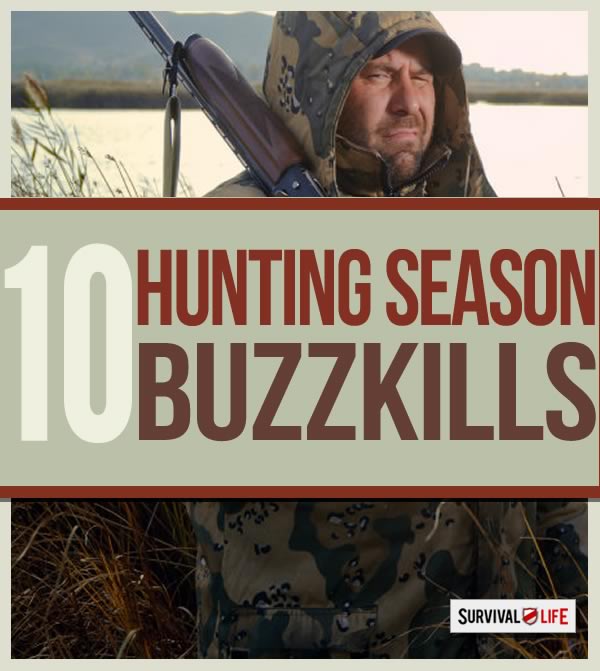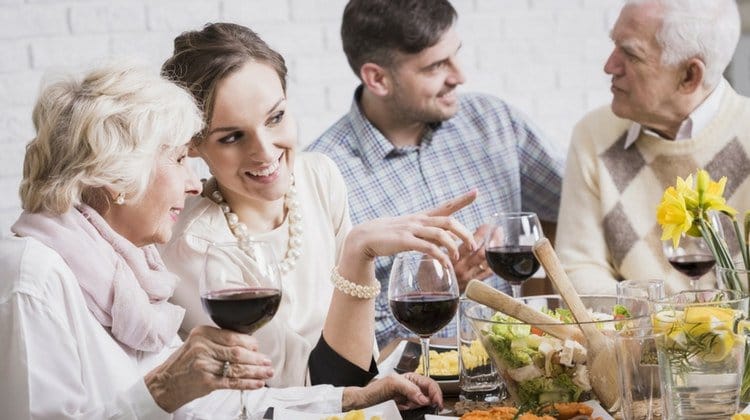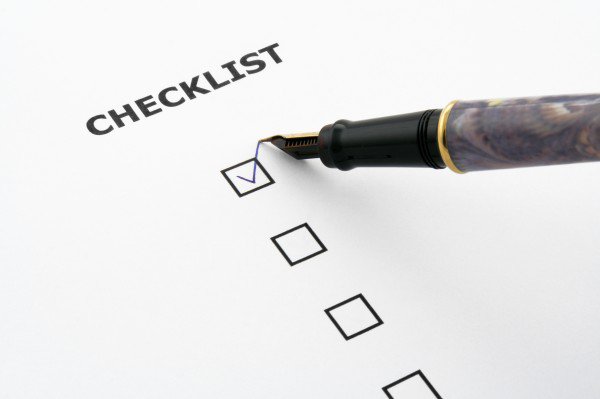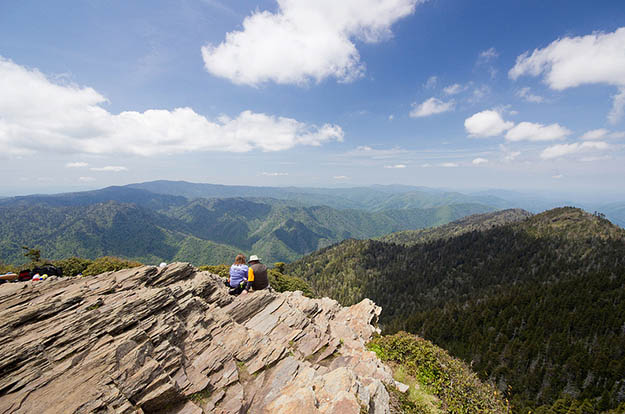Emerging Threats
What You Really Need to Worry About with the Coronavirus
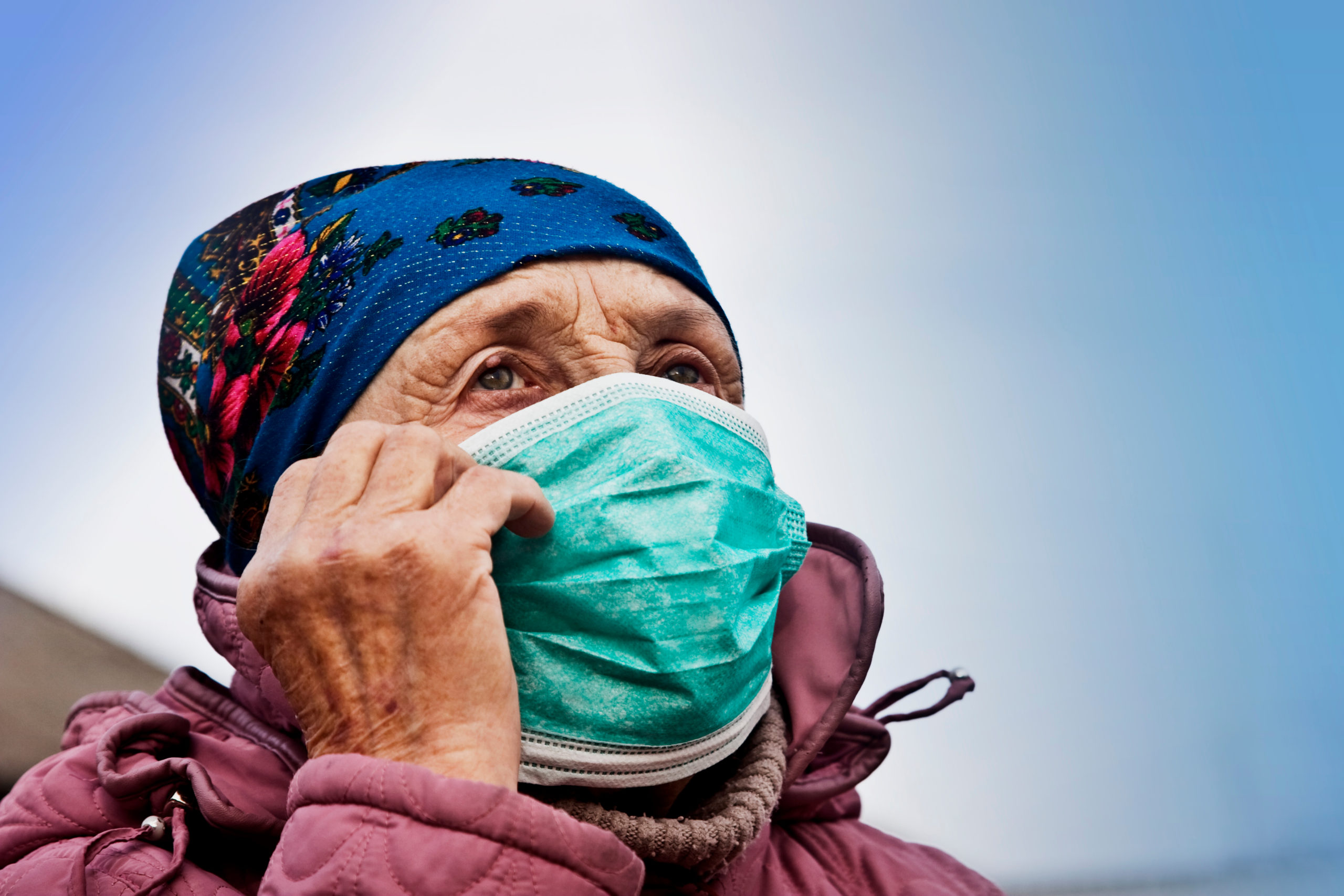
It’s still too soon for the leading organizations of scientists to give us accurate proven answers about the disease. They are still learning.
In a recent press release from the World Health Organization Dr. Maria Van Kerkhove responded to some of the most pressing questions about the spread and transmission of COVID-19 with, “We have to wait and see.”
Although we do know that the disease is respiratory and can be spread by “droplets” (sneezing, couching, mucus transfer), we don’t know the limitations of how it can be transmitted, with new kinds of cases popping up as this disease spreads.
RELATED: How to Make Commercial Grade Hand Sanitizer
We’ve already had a case of an old dog that has tested positive, but we don’t know if the disease can be transmitted from human to pet or vice versa.
We also don’t know about the seasonality of coronavirus or if climate makes a difference. So far we are seeing it appear in various temperatures, across the globe and the WHO says nobody is safe from this.
We don’t really know how many people have been infected, or are currently contagious.
No products found.
“The big question,” Dr. Kerkhove says is, “How many people have been infected overall…and how many people have been infected but don’t develop symptoms.”
We know that there are a wide range of symptoms associated with COVID-19, and we know that there are people infected that are asymptomatic – and we aren’t sure how those people are contributing to the spread of the disease.
When you add the incubation period into the equation, there’s a big fat question mark around how big this situation really is.
Global health concerns will ABSOLUTELY come before your individual rights and future laws and regulations will come out of this situation.
One of the biggest red flags slipped out during the WHO press conference. If this disease is not controlled, governments will be encouraged to start taking public samples.
Dr. Kerkhove mentions that they are “aggressively looking for cases.”
In an effort to look for answers and get a sense of control of this disease, expect to hear about mandates and restrictions regarding travel, healthcare, and more.
All it takes is a “spike” in cases in your area (this could be 2 or 10 spread out or contained in a single family) what is the threshold? With a single death in California – the state is now in a state of emergency.
Schools or workplaces will close and require proof that you aren’t contagious to return to work…
RELATED: How to Make Commercial Grade Hand Sanitizer
Medical professionals will start to show up and request your DNA in a sample to go into a database.
All for the sake of “public safety.” Some will argue that this is necessary and that is where things get really dangerous.
The bottom line is this: your best course of action is to take what you’ve learned and prepared for and put that into action.
This is one of the outstanding points the World Health Organization Director-General says,
“This is not a drill.
This is not the time to give up.
This is not a time for excuses.
This is a time for pulling out all the stops.
Countries have been planning for scenarios like this for decades.
Now is the time to act on those plans.”
As far as prevention goes, the CDC holds fast that good old fashioned hand washing is the best thing you can do.
Up Next:
Last update on 2024-04-19 / Affiliate links / Images from Amazon Product Advertising API
-
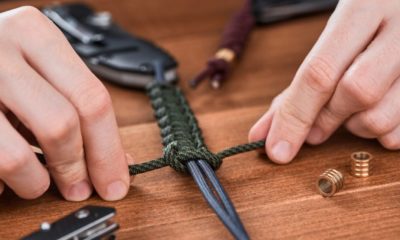
 Do It Yourself7 months ago
Do It Yourself7 months agoParacord Projects | 36 Cool Paracord Ideas For Your Paracord Survival Projects
-
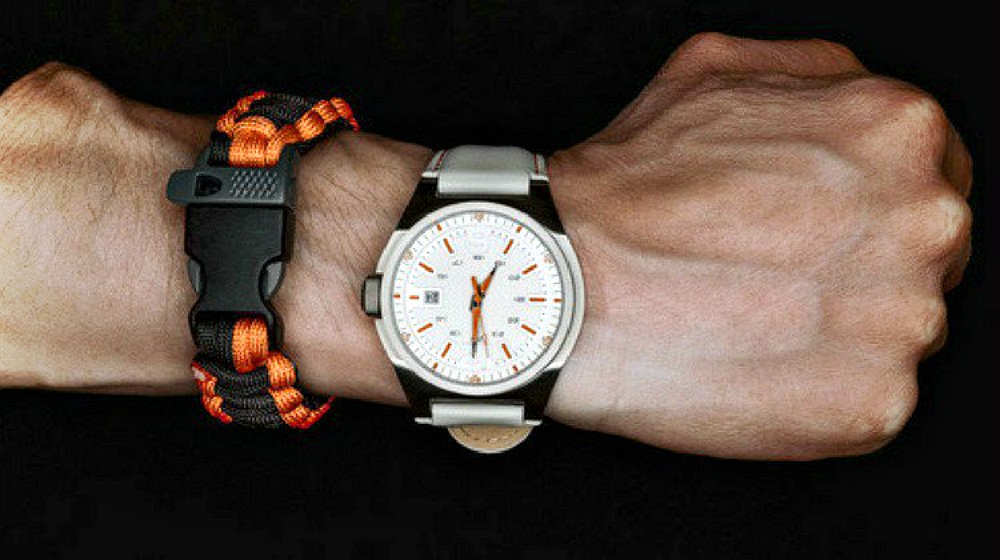
 Do It Yourself9 months ago
Do It Yourself9 months agoHow To Make Paracord Survival Bracelets | DIY Survival Prepping
-

 Do It Yourself9 months ago
Do It Yourself9 months ago21 Home Remedies For Toothache Pain Relief
-
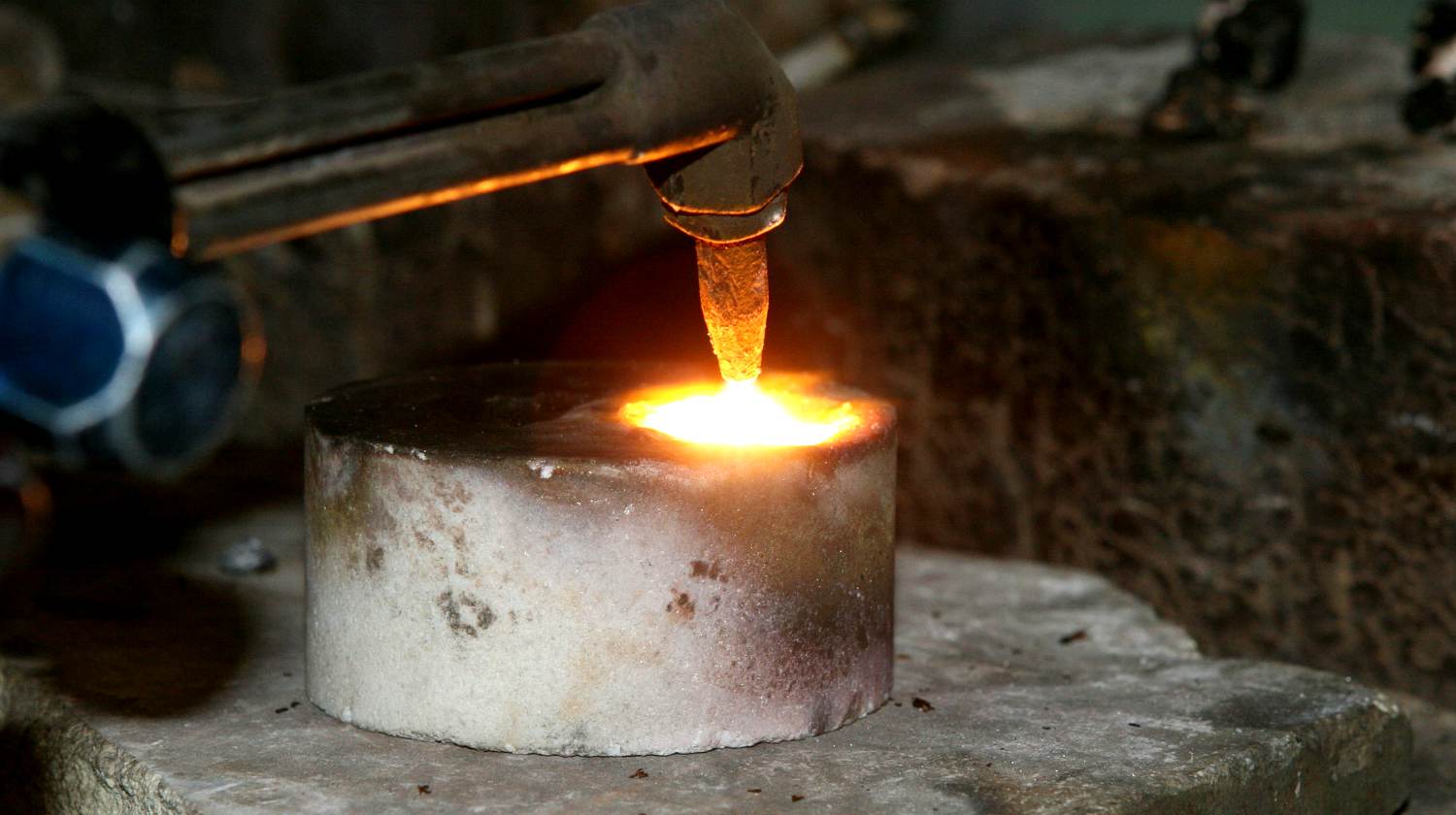
 Do It Yourself10 months ago
Do It Yourself10 months agoSurvival DIY: How To Melt Aluminum Cans For Casting
-

 Exports8 months ago
Exports8 months agoAre Switchblades Legal? Knife Laws By State


